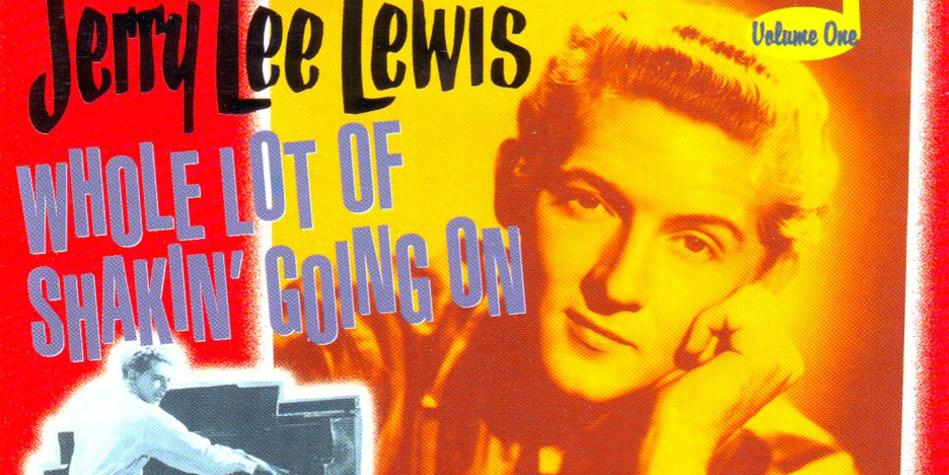
Jerry Lee Lewis: ‘Whole Lotta Shakin’ Goin’ On’
After 50 years of igniting keyboards, audiences and scandals, you’d think Jerry Lee Lewis might want to take a break. But “the Killer” is still rocking. Lewis, who turned 71 […]
 play_arrow
play_arrow
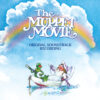 play_arrow
play_arrow
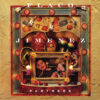 play_arrow
play_arrow
The Sounds of America: Flaco Jiménez’s Partners album BMPAudio
 play_arrow
play_arrow
The Sounds of America: The Harder They Come Soundtrack BMPAudio
 play_arrow
play_arrow
 play_arrow
play_arrow
 play_arrow
play_arrow
 play_arrow
play_arrow
 play_arrow
play_arrow
 play_arrow
play_arrow
Science Of Happiness 76: If You Want to Be More Productive, Cut Yourself Some Slack BMPAudio
 play_arrow
play_arrow
 play_arrow
play_arrow
 play_arrow
play_arrow
Science of Happiness 73: How to Switch Off Your Critics BMPAudio
 play_arrow
play_arrow
 play_arrow
play_arrow
Science of Happiness 72: How To Reconnect With Your Partner BMPAudio
 play_arrow
play_arrow
The Science of Happiness 71: Do You Want To Be More Patient? BMPAudio
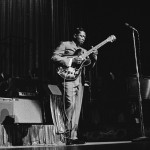 play_arrow
play_arrow
Red, White and the Blues BMPAudio
 play_arrow
play_arrow
The Science Of Happiness 70: How To Love People You Don’t Like BMPAudio
 play_arrow
play_arrow
The Science of Happiness 69: What’s Your “Why” In Life? BMPAudio
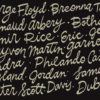 play_arrow
play_arrow
The Science of Happiness 68: From Othering to Belonging BMPAudio
 play_arrow
play_arrow
The Science of Happiness 67: Taking Small Steps toward Big Goals BMPAudio
 play_arrow
play_arrow
1A Memorial Day Special BMPAudio
 play_arrow
play_arrow
The Science of Happiness 66: How to Connect When You Must Stay Apart BMPAudio
 play_arrow
play_arrow
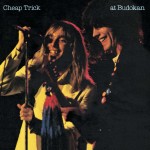 play_arrow
play_arrow
 play_arrow
play_arrow
The Science of Happiness 64: Helping Kids Think About the Good BMPAudio
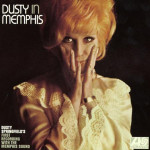 play_arrow
play_arrow
 play_arrow
play_arrow
The Science of Happiness 63: Remembering to Breathe BMPAudio
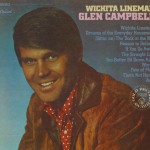 play_arrow
play_arrow
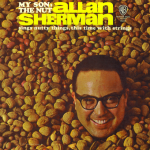 play_arrow
play_arrow
The Sounds of America: “Hello Muddah, Hello Fadduh” BMPAudio

 play_arrow
play_arrow
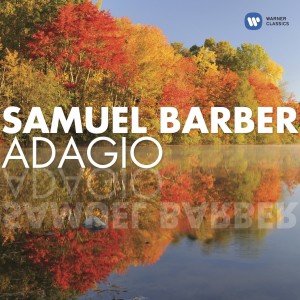
In November 1938, conductor Arturo Toscanini led the NBC Symphony Orchestra in the premiere performance of Samuel Barber‘s “Adagio for Strings.” The concert was broadcast from New York to a radio audience of millions across America.
Celebrated for its fragile simplicity and emotion, the “Adagio” might have seemed an odd match for Toscanini, known for his power and drama as a conductor. But according to Mortimer Frank, author of Arturo Toscanini: The NBC Years, despite the director’s force and intensity, he was capable of “wonderful delicacy and tenderness and gentleness.”
The year 1938 was a time of tumult. America was still recovering from the Depression and Hitler’s Germany was pushing the world towards war. Toscanini himself had only recently settled in America after fleeing fascist Italy. The importance of the broadcast performance during this time is noted by Joe Horowitz, author of Understanding Toscanini.
“Toscanini’s concerts in New York… once he was so closely identified with the opposition to Mussolini, the opposition to Hitler — these were the peak public performances in the history of classical music in America,” says Horowitz. “I don’t think any concerts before or since excited such an intense emotional response, and I don’t think any concerts before or since evoked such an intense sense of moral mission.”
The “Adagio for Strings” was written by American composer Samuel Barber when he was in his 20s. With a tense melodic line and taut harmonies, the composition is considered by many to be the most popular of all 20th-century orchestral works.
Tagged as: Barbara Heyman, Joe Horowitz, Mortimer Frank, Samuel Barber.

BMPAudio November 20, 2006
After 50 years of igniting keyboards, audiences and scandals, you’d think Jerry Lee Lewis might want to take a break. But “the Killer” is still rocking. Lewis, who turned 71 […]
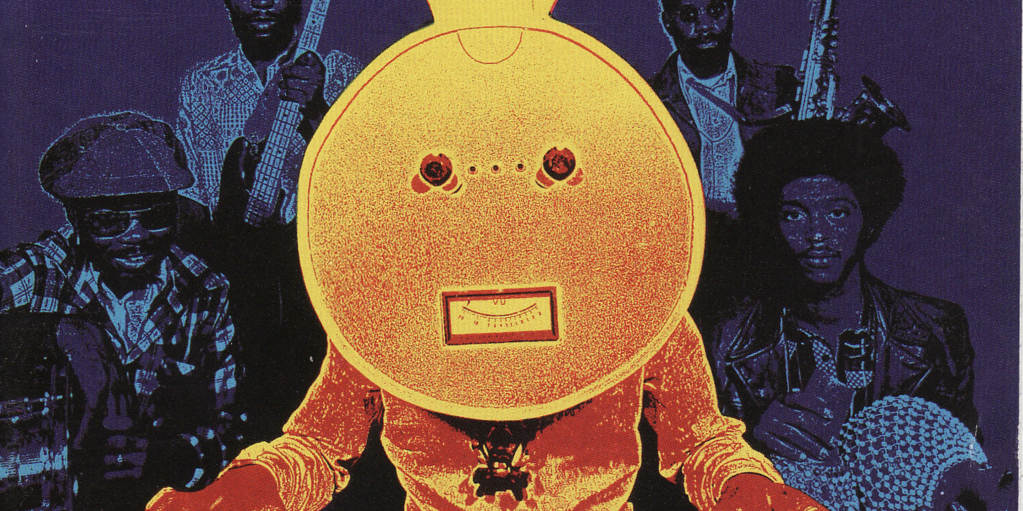

Whether a syndicated national radio series, podcast, documentary or audiobook, BMP Audio creates imaginative, sophisticated and effective sound tracks for your ideas. Our fully digital production facilities assure the highest level of audio fidelity. The world’s top broadcast companies know this – and that’s why they choose BMP Audio.